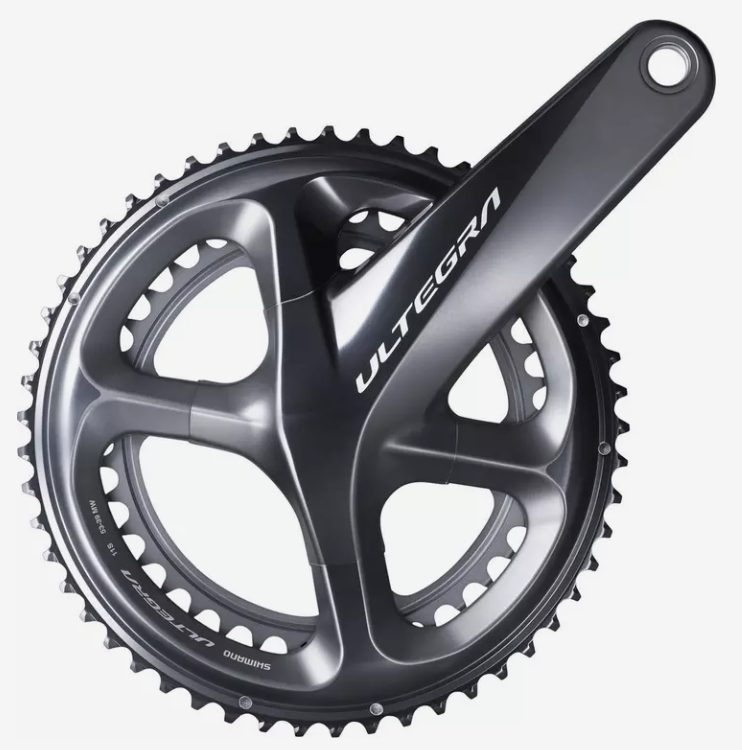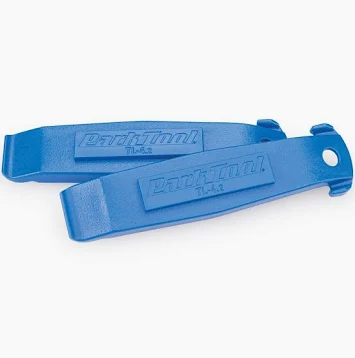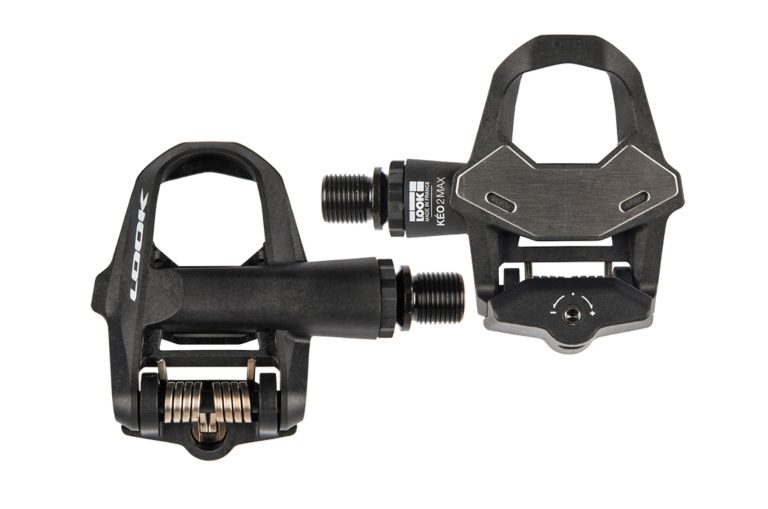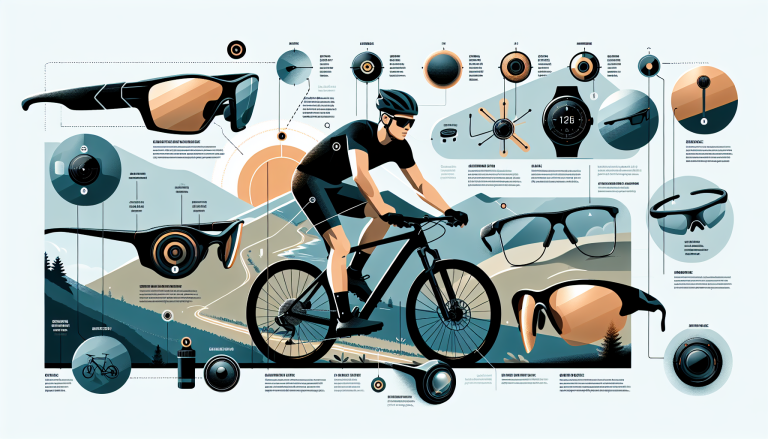If you’ve ever wondered about the different options available when it comes to chainsets for road bikes, you’re in the right place. In this article, we’ll shed light on the various types of chainsets you can choose from, each offering its own unique advantages and benefits. So whether you’re a seasoned cyclist looking for an upgrade or a beginner exploring the world of road biking, this guide will help you navigate through the options and make an informed decision.
Table of Contents
ToggleStandard Chainsets
Explanation of standard chainsets
Standard chainsets, also known as traditional chainsets, are a common choice for road bikes. They consist of two chainrings, typically with sizes ranging from 52/39 teeth to 53/39 teeth, paired with a crank arm. The larger chainring is designed for flat or downhill terrain, providing a higher gear ratio and enabling faster pedaling speeds. The smaller chainring, often referred to as the inner chainring, is used for climbing or steep hills, offering a lower gear ratio for easier pedaling.
Pros and cons of standard chainsets
Standard chainsets have been widely used for many years, and they offer several advantages. Firstly, they provide a wide gear range, allowing cyclists to tackle various terrains and maintain a comfortable cadence. Secondly, they are generally less expensive compared to other chainset options. Additionally, their simplicity makes maintenance and replacement parts readily available.
However, there are a few drawbacks to consider. The larger gear ratios of standard chainsets may not be suitable for beginners or less experienced cyclists who may struggle with higher pedaling speeds. Furthermore, the jumps between gear ratios can be quite significant, which can result in less efficient gear shifting and a less smooth overall riding experience.
Examples of popular standard chainsets
- Shimano Ultegra FC-6800
- Campagnolo Record Ultra Torque
- SRAM Red 22
Compact Chainsets
Explanation of compact chainsets
Compact chainsets, also known as semi-compact chainsets, have gained popularity in recent years for road bikes. They feature two chainrings with smaller sizes, typically around 50/34 teeth. The smaller chainrings allow for easier pedaling on climbs, providing a lower gear ratio that is more suitable for novice and recreational cyclists. The compact chainset is a great compromise between standard and triple chainsets.
Pros and cons of compact chainsets
Compact chainsets offer several advantages. They provide a wider gear range compared to triple chainsets while maintaining the simplicity and lighter weight of double chainsets. This makes them suitable for a variety of terrains, especially hilly or mountainous regions. Additionally, the smaller chainrings allow for smoother gear transitions, providing a more enjoyable riding experience.
However, compact chainsets may not be ideal for more experienced and stronger cyclists who may require higher gear ratios for faster speeds on flatter roads. Additionally, the smaller chainrings may limit top-end speed potential.
Examples of popular compact chainsets
- Shimano 105 FC-R7000
- Campagnolo Potenza 11
- SRAM Force 22
Mid-Compact Chainsets
Explanation of mid-compact chainsets
Mid-compact chainsets, also known as semi-standard or semi-compact chainsets, are a relatively newer addition to the market. They offer a middle ground between standard and compact chainsets, providing two chainrings with sizes typically around 52/36 teeth. This chainring configuration allows for a slightly higher gear ratio than compact chainsets, making it suitable for cyclists who desire a mix of speed and climbing capabilities.
Pros and cons of mid-compact chainsets
Mid-compact chainsets offer a balance of both worlds. They provide a wider gear range compared to standard chainsets, allowing for easy climbing and fast pedaling speeds on flatter terrain. The intermediate gear ratios make them versatile for various riding styles and preferences. Furthermore, mid-compact chainsets often have closer gear ratios than standard chainsets, enabling smoother gear transitions.
However, mid-compact chainsets may not be necessary for cyclists who rarely encounter steep or challenging climbs. Additionally, their gear ratios may not be optimal for professional racers or those seeking the highest levels of performance.
Examples of popular mid-compact chainsets
- Shimano Ultegra R8000
- Campagnolo Chorus
- SRAM Rival 22
Triple Chainsets
Explanation of triple chainsets
Triple chainsets consist of three chainrings, typically with sizes ranging from 30/42/52 teeth to 26/36/46 teeth. They provide the widest gear range among all the chainset options, making them ideal for cyclists who frequently encounter steep or challenging climbs. The smaller chainrings offer incredibly low gear ratios, allowing for comfortable pedaling even on the steepest gradients.
Pros and cons of triple chainsets
Triple chainsets are favored by endurance cyclists, touring cyclists, and those with a focus on climbing. The extensive gear range allows for efficient pedaling on both extreme ascents and high-speed descents. Additionally, the closer gear ratios enable smoother gear transitions, ensuring a consistent cadence.
However, triple chainsets have become less popular in recent years due to advancements in cassette technology, which now offer wider gear ratios. The complexity of triple chainsets, with three chainrings and a front derailleur, can also make maintenance and adjustments more challenging. Furthermore, they tend to be heavier than other chainset options.
Examples of popular triple chainsets
- Shimano Tiagra FC-4703
- Campagnolo Veloce
- SRAM Apex
Double Chainsets
Explanation of double chainsets
Double chainsets, also called standard double chainsets, are similar to standard chainsets, but with a smaller difference in chainring sizes. They typically consist of two chainrings, with sizes ranging from 53/39 teeth to 50/34 teeth. The smaller difference in teeth count allows for smoother gear transitions compared to standard chainsets.
Pros and cons of double chainsets
Double chainsets offer a good balance between gear range and simplicity. The smaller difference in chainring sizes reduces the jumps between gear ratios, resulting in smoother and more efficient gear shifting. They are also lighter than triple chainsets, making them a preferred choice for racers and performance-oriented cyclists.
However, double chainsets may not provide the same wide gear range as compact or triple chainsets, which can limit their versatility on hilly terrains or during long-distance rides. Additionally, cyclists who prefer a wider range of gear options may find double chainsets less suitable.
Examples of popular double chainsets
- Shimano Dura-Ace FC-R9100
- Campagnolo Super Record
- SRAM Force AXS
Chainring Sizes
Importance of chainring sizes
Choosing the right chainring size is essential for optimizing your ride. It directly affects your pedaling cadence, power output, and efficiency. The chainring sizes are determined by the number of teeth on each chainring. A larger chainring offers a higher gear ratio, requiring more effort to pedal but providing higher speed potential. On the other hand, a smaller chainring offers a lower gear ratio, allowing for easier pedaling, especially on uphill sections.
Common chainring size options for road bikes
Road bikes typically have a range of chainring size options available. For standard and double chainsets, common sizes include 52/39, 53/39, and 50/34 teeth. Compact chainsets often feature sizes such as 50/34 and 52/36 teeth. Triple chainsets have more variation, with sizes like 52/42/30 and 50/39/30 teeth.
Factors to consider when choosing the chainring size
The ideal chainring size depends on various factors, including your fitness level, riding style, and the terrain you frequently encounter. If you often ride in mountainous areas or prefer a slower cadence, smaller chainring sizes are recommended. Conversely, if you ride on flatter terrains or prioritize high-speed performance, larger chainring sizes are more suitable.
It is also important to consider gear range and the jumps between gear ratios. Chainring sizes that provide a balanced range with minimal gaps can result in a smoother and more efficient riding experience. Experimenting with different chainring sizes and seeking advice from experienced cyclists or bike specialists can help you find the optimal setup for your needs.
Chainring Material
Different materials used for chainrings
Chainrings are typically made from various materials, each offering its own advantages and disadvantages. The most common materials used for chainrings include aluminum, steel, and carbon fiber.
Advantages and disadvantages of each material
Aluminum chainrings are lightweight, stiff, and affordable. They provide good durability and shifting performance, making them a popular choice for many cyclists. However, they may wear out faster and require more frequent replacement compared to other materials.
Steel chainrings are extremely durable, providing excellent longevity. They are less prone to wear and can withstand high forces. However, they tend to be heavier and may not offer the same level of stiffness or performance as other materials.
Carbon fiber chainrings are the lightest and most expensive option. They offer excellent stiffness and can provide enhanced power transfer. Carbon fiber also dampens vibrations for a smoother ride. However, they may be more prone to damage or cracking, requiring extra care and maintenance.
Popular chainring material choices for road bikes
Most standard, compact, and mid-compact chainsets utilize aluminum chainrings due to their balance of weight, cost, and performance. Carbon fiber chainrings are commonly found on high-end road bikes where weight savings and maximum performance are prioritized. Steel chainrings are less common on road bikes but are often used in touring or gravel bikes where durability and longevity are crucial.
Chainring Shape
Various chainring shapes available
Chainrings come in different shapes, each designed to optimize power transfer and improve shifting performance. The most common chainring shapes are round, oval, and asymmetric.
Benefits of different chainring shapes
Round chainrings have a consistent radius and provide a constant power transfer throughout the pedal stroke. They are the most traditional and widely used chainring shape, offering a predictable and reliable performance.
Oval chainrings, also known as elliptical chainrings, have a non-circular shape that varies the gear ratio during the pedal stroke. This design intends to reduce dead spots and maximize power output when the rider’s legs are in different positions, potentially increasing overall pedaling efficiency.
Asymmetric chainrings are another variant of non-round chainrings. They are designed to provide different gear ratios between upstroke and downstroke, effectively optimizing power transfer throughout the entire pedal revolution.
Influence of chainring shape on performance
The choice of chainring shape can impact a cyclist’s performance to some extent. Oval and asymmetric chainrings claim to improve pedaling efficiency and power output, but their effectiveness can vary depending on an individual’s riding style and preferences. Some riders may find these non-round chainrings more comfortable and efficient, while others may not notice significant benefits.
Ultimately, selecting the right chainring shape is subjective and personal. It is recommended to test different shapes and seek feedback from experienced riders to determine which one suits your riding style and goals.
Chainring Configurations
Explanation of chainring configurations
Chainring configurations refer to the specific combination of chainring sizes on a chainset. The most common configurations include double, compact, and triple chainrings.
Examples of common chainring configurations
Double chainring configurations consist of two chainrings, typically with sizes like 53/39 or 50/34 teeth. This configuration offers a balance between gear range and simplicity.
Compact chainring configurations feature two chainrings, usually with sizes such as 50/34 or 52/36 teeth. They provide an extended gear range with smaller jumps between gear ratios, making them suitable for various terrains.
Triple chainring configurations have three chainrings, often with sizes like 52/42/30 or 50/39/30 teeth. This configuration offers the widest gear range, ideal for cyclists who frequently encounter steep climbs or desire maximum versatility.
Considerations when selecting chainring configurations
When choosing a chainring configuration, it is crucial to consider your riding style, fitness level, and the terrain you typically ride on. If you primarily ride on flat or rolling terrains, a double or compact chainring configuration may be sufficient. Conversely, if you ride in mountainous areas or prioritize climbing, a triple chainring configuration could provide the necessary gear range.
It is also important to consider your personal preferences and goals regarding weight, simplicity, and gear transitions. Testing different chainring configurations and seeking advice from experienced riders can help narrow down the options and find the optimal setup for your specific needs.
Upgrading Chainsets
Factors to consider when upgrading chainsets
Upgrading your chainset can significantly improve your bike’s performance and your overall riding experience. Before making a decision, consider the following factors:
- Compatibility: Ensure that the new chainset is compatible with your bike’s frame, bottom bracket, and drivetrain components. Check the specifications and consult with a bike mechanic if necessary.
- Budget: Set a budget for your chainset upgrade. The price range can vary significantly depending on the brand, materials, and features.
- Riding style and goals: Consider your riding style, whether it’s recreational, competitive, or endurance-focused. Determine if you prioritize climbing, speed, or a wide gear range.
- Weight: Evaluate the weight of the chainset. Lighter chainsets can provide a noticeable improvement in performance, especially during climbs or acceleration.
- Brand and quality: Research reputable bike component brands and read reviews to ensure you choose a high-quality chainset that will last and perform well.
Compatibility issues to be aware of
When upgrading a chainset, compatibility issues may arise due to variations in bottom bracket standards, chainring bolt patterns, or front derailleur mounting options. Different brands and models may require specific installation procedures or additional adapters. It is crucial to carefully research and understand the compatibility requirements of your bike and potential chainset options to avoid compatibility issues.
Tips for choosing the right chainset upgrade
- Research thoroughly: Read product reviews, compare specifications, and explore different options to find the chainset that best suits your needs and preferences.
- Seek professional advice: Consult with a bike specialist or qualified mechanic who can provide personalized recommendations based on your bike, riding style, and goals.
- Test before committing: If possible, try out different chainsets on demo bikes or borrow from friends to get a feel for different options before making a final decision.
- Consider other drivetrain components: A chainset upgrade may impact other drivetrain components, such as the front derailleur or cassette. Ensure compatibility and consider if additional upgrades may be necessary for optimal performance.
- Maintenance and longevity: Consider the maintenance requirements and durability of the chainset. Some materials and designs may require specific care or more frequent replacement. Choosing a reliable and reputable brand can help ensure long-term satisfaction with your upgrade.
By considering these factors and selecting a chainset that aligns with your riding preferences and goals, you can enhance your road bike’s performance and elevate your cycling experience.







